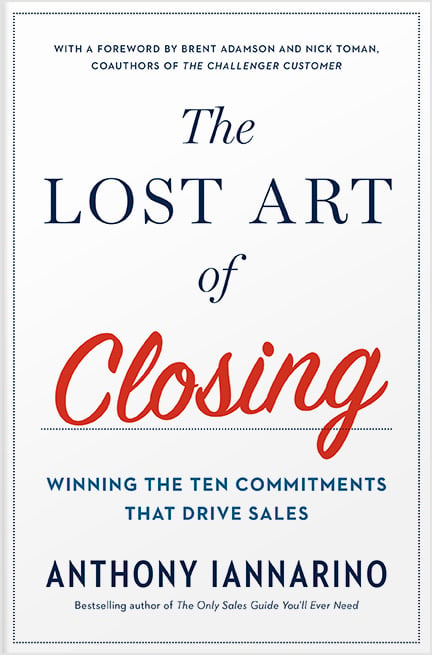In the past, I have written about what I believe to be the two strategies for business that are pulling in opposite directions. The first strategy I call super-transactional, as it seeks to eliminate friction, making it easier for customers to transact (think Amazon.com, Uber, AirB2B, etc.). The second strategy we might call super-relational, leveraging trust, personal care, and some form of customization.
There are two categories of friction when it comes to clients and customers, negative friction and positive friction. It is a mistake to confuse them or apply one to the other.
Negative Friction
Friction is the idea that you are difficult to do business with, that you make it difficult to transact, that more is required than should be necessary, and that the experience isn’t good. The worse your experience, the less likely you are to continue to buy from companies that create enough friction to drive you to seek other options.
I’ve been writing about the difference between transactional and complex sales, describing the complex as low frequency-high significance decisions, and transactional as high frequency-low significance. When you buy something repeatedly with little importance and no real risk, removing the friction creates a better experience and preference to buy from you.
Technology has enabled the reduction—or in some cases, the elimination—of friction (The number of physical books in my library and on my Kindle attests to this fact). Because the model is effective, many in business have conflated all friction to the negative, believing they should eliminate friction. This decision ignores the value of positive friction.
No more pushy sales tactics. The Lost Art of Closing shows you how to proactively lead your customer and close your sales.
Positive Friction
In a super-relational, strategic relationship where human beings need to work closely to solve problems and generate results together, friction is positive. Meetings are friction, which is why much is written about the amount of time wasted in poor meetings. Perhaps it because of the Digital Age in which we find ourselves, little is written about how face-to-face meetings and a physical presence creates positive friction, the deepening of relationships and the engendering of trust.
Conversations to understand what clients need, especially the conversations that include multiple stakeholders with different or competing perspectives, are another form of friction. The friction created by competing perspectives and working through to some reasonable consensus is the benefit of that friction.
Would it be easier to send a survey to see how you are doing? Would an email accomplish the same goal without interrupting your busy client? While these choices might end a bit of friction, the positive friction that comes from a phone call is that it proves caring and high touch. The lower friction suggests transaction.
It is a mistake to try to reduce friction when it is positive, just as it is a mistake not to remove it when it is negative.








.jpg?width=768&height=994&name=salescall-planner-ebook-v3-1-cover%20(1).jpg)


